- News
- Reviews
- Bikes
- Accessories
- Accessories - misc
- Computer mounts
- Bags
- Bar ends
- Bike bags & cases
- Bottle cages
- Bottles
- Cameras
- Car racks
- Child seats
- Computers
- Glasses
- GPS units
- Helmets
- Lights - front
- Lights - rear
- Lights - sets
- Locks
- Mirrors
- Mudguards
- Racks
- Pumps & CO2 inflators
- Puncture kits
- Reflectives
- Smart watches
- Stands and racks
- Trailers
- Clothing
- Components
- Bar tape & grips
- Bottom brackets
- Brake & gear cables
- Brake & STI levers
- Brake pads & spares
- Brakes
- Cassettes & freewheels
- Chains
- Chainsets & chainrings
- Derailleurs - front
- Derailleurs - rear
- Forks
- Gear levers & shifters
- Groupsets
- Handlebars & extensions
- Headsets
- Hubs
- Inner tubes
- Pedals
- Quick releases & skewers
- Saddles
- Seatposts
- Stems
- Wheels
- Tyres
- Health, fitness and nutrition
- Tools and workshop
- Miscellaneous
- Cross country mountain bikes
- Tubeless valves
- Buyers Guides
- Features
- Forum
- Recommends
- Podcast
review
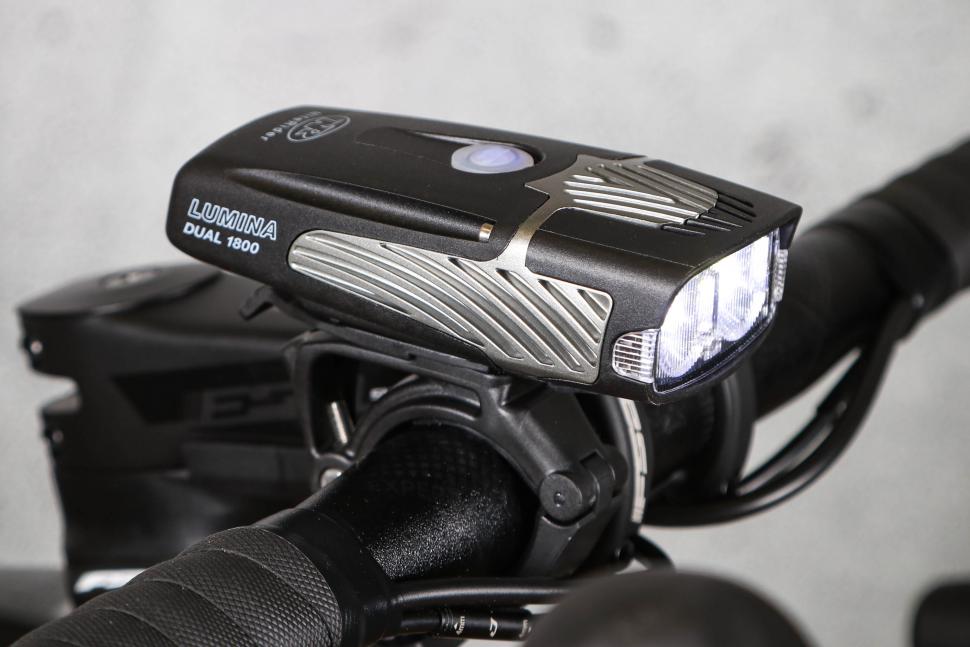 2022 Niterider Lumina 1800 Dual.jpg
2022 Niterider Lumina 1800 Dual.jpg£165.00
VERDICT:
Decent if unexceptional dual-LED light for a wide range of riding
Bright
Decent run-times
No USB charging
A bit wobbly on the bracket
No all-night mode
Battery status not especially helpful
Weight:
260g
Contact:
At road.cc every product is thoroughly tested for as long as it takes to get a proper insight into how well it works. Our reviewers are experienced cyclists that we trust to be objective. While we strive to ensure that opinions expressed are backed up by facts, reviews are by their nature an informed opinion, not a definitive verdict. We don't intentionally try to break anything (except locks) but we do try to look for weak points in any design. The overall score is not just an average of the other scores: it reflects both a product's function and value – with value determined by how a product compares with items of similar spec, quality, and price.
What the road.cc scores meanGood scores are more common than bad, because fortunately good products are more common than bad.
- Exceptional
- Excellent
- Very Good
- Good
- Quite good
- Average
- Not so good
- Poor
- Bad
- Appalling
NiteRider's Lumina Dual 1800 light is a decent offering and works well as a mixed-terrain choice, but it doesn't really stand out against the best front bike lights and it's a touch heavy for the bracket that Niterider uses across its range.
NiteRider markets the Lumina Dual 1800 as a bit of a jack-of-all-trades, saying it's bright enough for 'navigating the toughest off-road terrain, while being nimble and versatile enough to tackle those long and arduous paved commutes'.
It's a chunky light with an IP64 water/dust rating – decent rather than great – and a side-by-side LED arrangement with ports on either side of the light to give some useful side visibility. It certainly feels well made, and at 258g is pretty beefy. NiteRider lists a helmet mount as an option but this isn't really a light you'd want up there.
The mount that it ships with is a quick-release one that's common to most of the NiteRider range and it's fine, although the weight of this light does mean that it jiggles about a bit over rough terrain. It never worked loose on the bars, or fell out of the mount, though.
Beam & modes
The NiteRider Lumina Dual 1800 isn't in our beam comparison engine, but you can use it to compare other possibles.
The beam shape is certainly more off-road than road, very slightly flattened thanks to the side-by-side LED setup, but basically round, with no real cutoff. That limits the modes you'd want to use on the tarmac, but 1,800 lumens is too much for road riding anyway unless you're tearing down a twisty B-road in the middle of the night.
You only get 45 minutes on maximum blast anyway; the medium (700 lumens/3 hours) and low (350 lumens/6 hours) modes are better for the road.
There's a 100-lumen walk mode but it's a pity there isn't something between the two: this light could pump out 200 lumens for a whole night, but there's no option for that.
The 1,500 lumen high mode gives you about 90 minutes of impressive illumination for trail riding, and if even that isn't enough you can double click the mode button on top to enter boost mode.
As well as the static modes there's a pulse mode (low with flash) that's good for daytime riding and a flash mode that's pretty antisocial.
I used the Dual 1800 for a variety of riding about town and past the city limits, and it's definitely a light that's more at home on unlit lanes and trails. There's plenty of power there and the modes are easily accessible from the big button, although double-clicking for boost isn't something that's necessarily that easy to do on the go, so not the best if you find that you're under-lit for a technical section you didn't know was coming.
On the road I was wary of using anything more than the low mode, given the beam shape, although if you're on your own on the lanes the higher modes can be useful for quicker riding. The pulse mode is good for daytime urban riding. Or any kind of daytime riding, really.
Battery & charging
Battery status is shown by the button: it's blue until charge reaches 20%, at which point it turns red. That's not especially helpful: turning it on and seeing a blue light might mean that the light is full and you've six hours of medium mode lighting, or you might get not much more than an hour if it's only just above the warning threshold.
Like the Ravemen LR1600 that I tested recently, it's just poorly thought out; there are two LEDs in the button, so it shouldn't be beyond the wit of the designers to at least have a third available display with them both on, giving you a blue > cyan > red progression as the battery runs down.
Once you've run the battery down you can charge it again pretty quickly. NiteRider says it takes three hours, although I found it was nearer four. The charger is a mains one, with a proprietary plug, so there's no topping this up mid-ride from a battery, or charging it at work from a spare lead.
That's a definite minus point: nearly all the competitor lights here offer USB charging (including NiteRider's single-lens ones) and USB-C lights charge in about the same amount of time from a decent supply. There's no real reason for it to be mains-only.
Value and conclusion
My overarching impression of the Dual 1800 is that it's a decent light, but not as good as others I've tried in the same kind of power bracket.
The aforementioned Ravemen LR1600 is a great light, for example, with a more road-friendly beam and a remote, for £50 less at rrp. The Giant Recon HL1800 that Leon tested a couple of years ago is also a good deal cheaper (£119.99), and performs really well. And the Lezyne Mega Drive that Ashley tested last year is well worth a look too, at £160.
The NiteRider isn't bad – it's a decent light – but it doesn't really stand out as a top pick.
Verdict
Decent if unexceptional dual-LED light for a wide range of riding
road.cc test report
Make and model: Niterider Lumina Dual 1800 Front Bike Light
Size tested: n/a
Tell us what the light is for, and who it's aimed at. What do the manufacturers say about it? How does that compare to your own feelings about it?
NiteRider says: "Its dual LED set-up puts out enough light at 1,800 lumens to be more than capable navigating the toughest off-road terrain, while being nimble and versatile enough to tackle those long and arduous paved commutes."
Tell us some more about the technical aspects of the light?
From NiteRider:
FEATURES
* Lumen Output: 1800
* 7 Modes with Run Times: 0:45 – 20:00hrs
* Charge Time: 3:00hrs
* Weight: 258g
* Battery: Li-Ion
* Low Battery Indicator with Boost Mode Indicator
* Side Lighting Visibility
* Water / Dust Resistant IP64 Rated
RUN TIMES
Low - 6:00h at 350 Lumens
Med - 3:00h at 700 Lumens
High - 1:30h at 1500 Lumens
Boost - 0:45h at 1800 Lumens
Pulse Flash - 10:00h at 1500 Lumens
Fast Flash - 16:30h at 1500 Lumens
Walk Mode - 20:00h at 100 Lumens
Rate the light for quality of construction:
8/10
Rate the light for design and ease of use. How simple was the light to use?
8/10
Rate the light for the design and usability of the clamping system/s
7/10
Rate the light for waterproofing. How did it stand up to the elements?
7/10
Rate the light for battery life. How long did it last? How long did it take to recharge?
7/10
Rate the light for performance:
6/10
Rate the light for durability:
7/10
Rate the light for weight:
5/10
Rate the light for value:
4/10
Tell us how the light performed overall when used for its designed purpose
It's a decent light and works pretty well across a range of riding.
Tell us what you particularly liked about the light
Bright, with decent run-times.
Tell us what you particularly disliked about the light
No USB charging, a bit wobbly on the bracket, no all-night mode, battery status not especially helpful.
How does the price compare to that of similar products in the market, including ones recently tested on road.cc?
Similar to some (eg Lezyne Mega Drive 1800i) but quite a lot more than others (eg Giant Recon HL1800).
Did you enjoy using the light? It was fine.
Would you consider buying the light? No
Would you recommend the light to a friend? No
Use this box to explain your overall score
Overall: decent. Not exceptional compared with the competition.
About the tester
Age: 50
I usually ride: whatever I'm testing... My best bike is: Kinesis Tripster ATR, Merida Scultura, Dward Design fixed
I've been riding for: Over 20 years I ride: Every day I would class myself as: Expert
I regularly do the following types of riding: road racing, commuting, touring, club rides, general fitness riding, fixed/singlespeed, Mountain Bike Bog Snorkelling, track
Dave is a founding father of road.cc, having previously worked on Cycling Plus and What Mountain Bike magazines back in the day. He also writes about e-bikes for our sister publication ebiketips. He's won three mountain bike bog snorkelling World Championships, and races at the back of the third cats.
Latest Comments
- chrisonabike 57 min 29 sec ago
Hub brakes have their own trade-offs. I actually liked the one I had for its particular application - in a "utility" bike where I didn't care...
- qwerty360 1 hour 8 min ago
Given that every other lime bike I see on my 1/week commute into london appears to have its rear light hanging off by the cable rather than mounted...
- Metalfan1 1 hour 10 min ago
DT Swiss hubs then on both wheels? No mention in article but just a picture of front wheel?
- chrisonabike 1 hour 14 min ago
Glasgow council (back when) had you covered: https://en.wikipedia.org/wiki/M8_Bridge_to_Nowhere...
- Miller 2 hours 29 min ago
Go for it Pogi! I will be in the velodrome on 13th April and it would be fantastic to see him arrive.
- jaymack 2 hours 52 min ago
Indeed but he's a can't. Can't be arsed to tell the truth, can't be arsed to build new Hospitals and can't be arsed to do anything for anyone save...
- Rendel Harris 4 hours 33 min ago
I agree, very little improvement indeed. From the first paragraph:...
- David9694 5 hours 44 min ago
I had to look this one up: https://savingplaces.org/stories/a-tale-of-two-planners-jane-jacobs-and-...
- chrisonabike 5 hours 57 min ago
What wokery is this? I thought those tech-bros were there to save us from the "mind virus"?
- hawkinspeter 18 hours 44 min ago
Opposition to controversial East Bristol Liveable Neighbourhood ‘will filter away’ say council bosses...









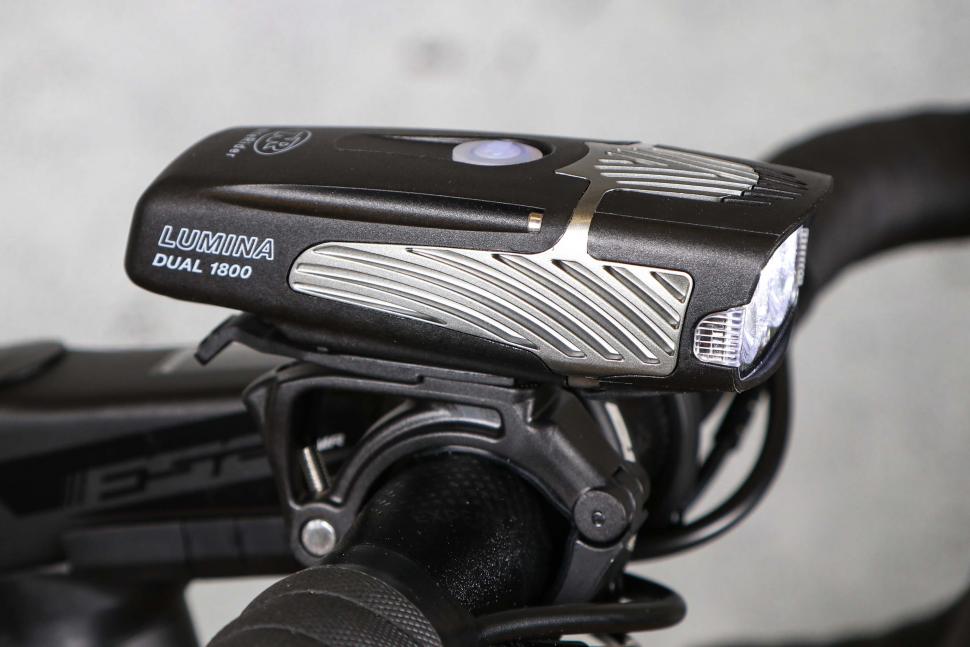

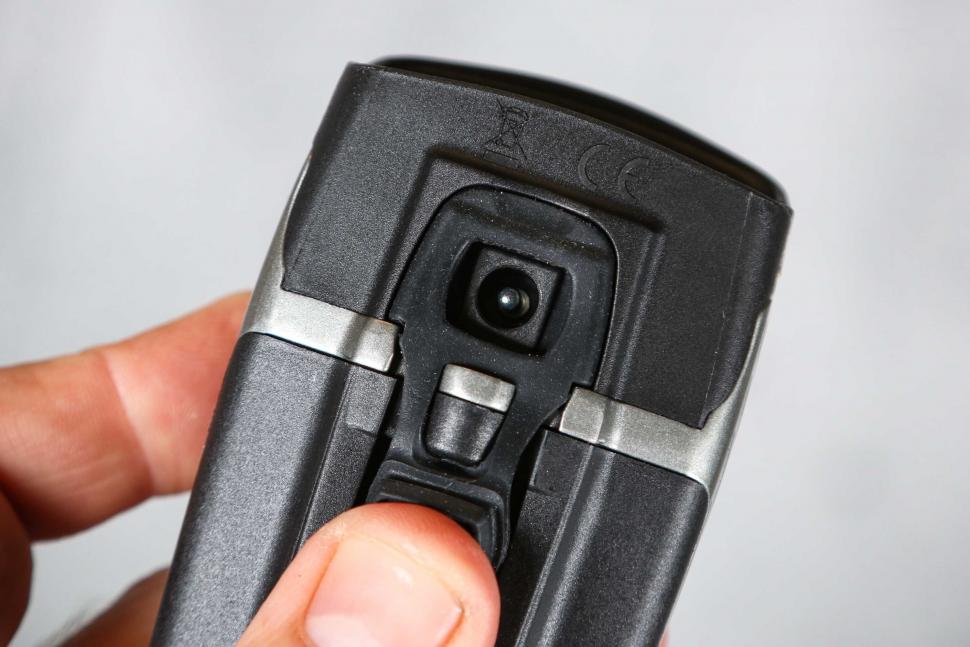

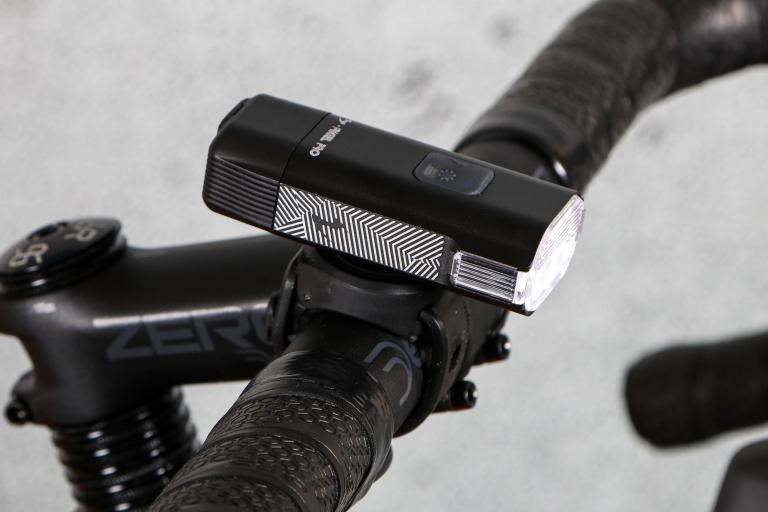
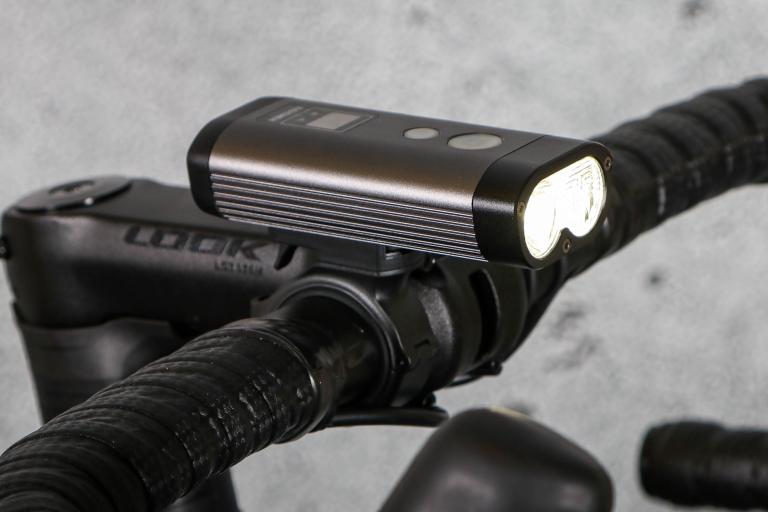

Add new comment
2 comments
I've had a Niterider light before, the lack of battery level feedback was frustrating. It would go from blue- meaning full, to low power, with a dimmer beam. Often just 10 minutes into my commute home.
Weird it uses a "proprietary" connector (though, still looks a generic round jack type), when other NR lights use USB!